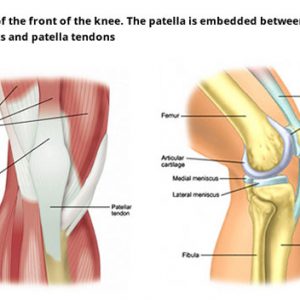Swallowing difficulties, causes and solutions is the subject for this post. Swallowing difficulty is the inability to swallow foods or liquids with ease. People who have a hard time swallowing may choke on their food or liquid when trying to swallow. Dysphagia is a another medical name for difficulty swallowing. This symptom isn’t always indicative of a medical condition. In fact, this condition may be temporary and go away on its own.
Consideration for the underlying neurophysiological impairment is necessary for understanding swallow function and deficits. Different management approaches may be necessary for individuals with dysphagia that has resulted from an acute event, chronic/stable condition, or progressive neurological disorder. Treatment targeting a specific function or structure may also affect function in other structures. Treatment of dysphagia may include restoration of normal swallow function (rehabilitative), modifications to diet consistency and patient behavior (compensatory), or some combination of these two approaches. Find extra details at Dysphagia in Motion.
Dysphagia means difficulty with chewing or swallowing food or liquid. The dysphagia diet covers 5 levels for difficulty in swallowing. To understand how this might happen, it is important to know something about how swallowing occurs. First, food must be chewed thoroughly. Then it is moved to the back of the mouth by tightening the cheek muscles and pressing the tongue against the roof of the mouth. From this point on the process becomes automatic — it is a reflex that people do not actively control. In “rapid- fire” succession, the soft palate closes the nasal airway to prevent food from backing into it, the airway into the lungs is closed, and the esophagus (food pipe) relaxes allowing food and liquid to enter it. The muscular esophagus then contracts in a wave-like action, sweeping the food along into the stomach.
Dysphagia among hospitalized patients (particularly the elderly) not only lengthens hospital stays and increases the risk of dying, but also carries significant economic burdens. Research shows that hospital and rehab stays among patients with difficulty swallowing were almost double that of patients without dysphagia – with an estimated cost per year topping $547 billion (Altman K, et al., 2010). We would like to help reduce some of these costs by establishing programs or procedures for your facility that works best for your patients AND your team. See extra info at https://www.dysphagiainmotion.com/.




